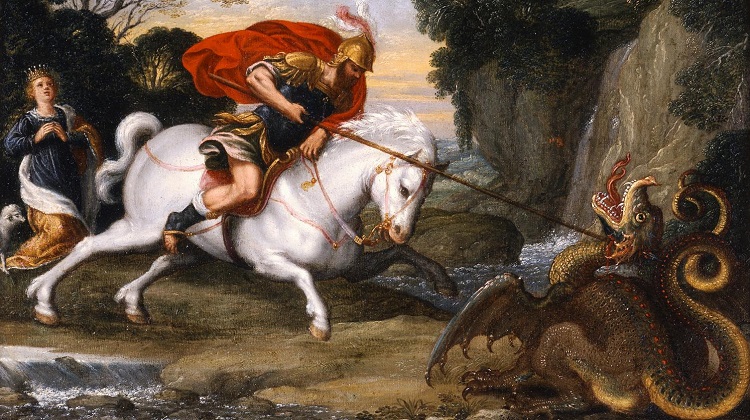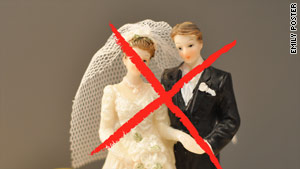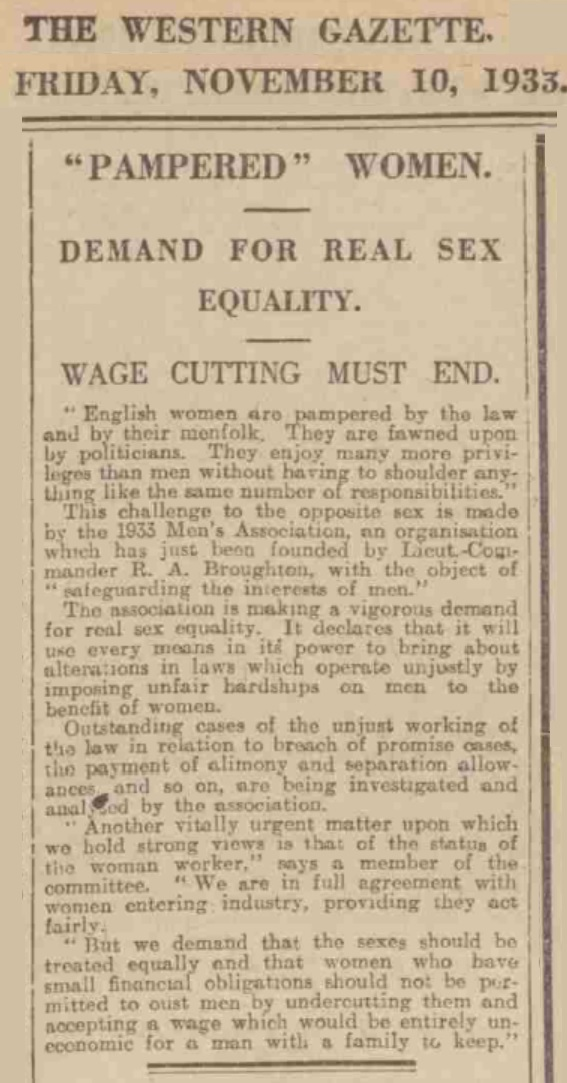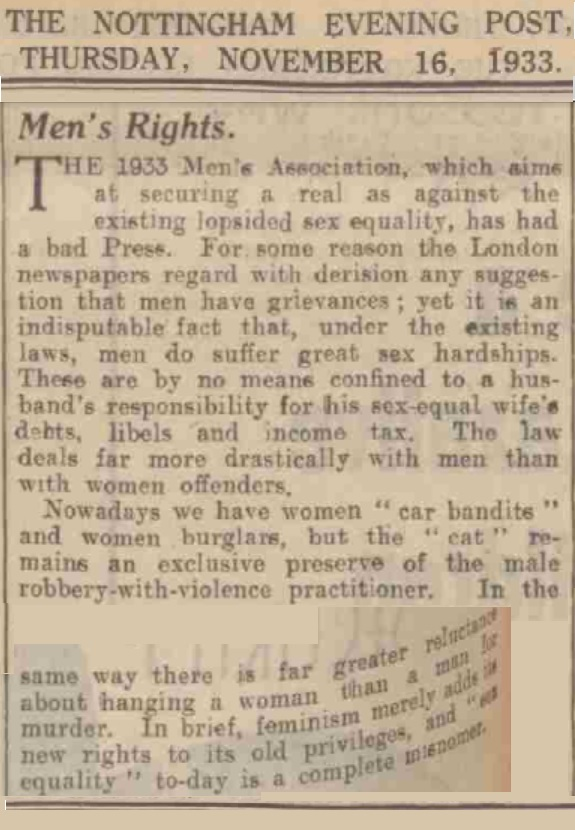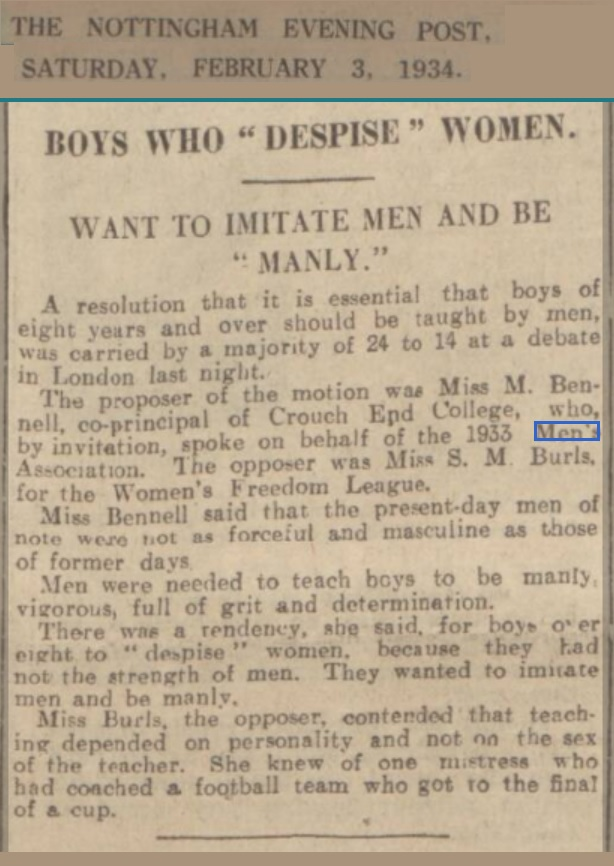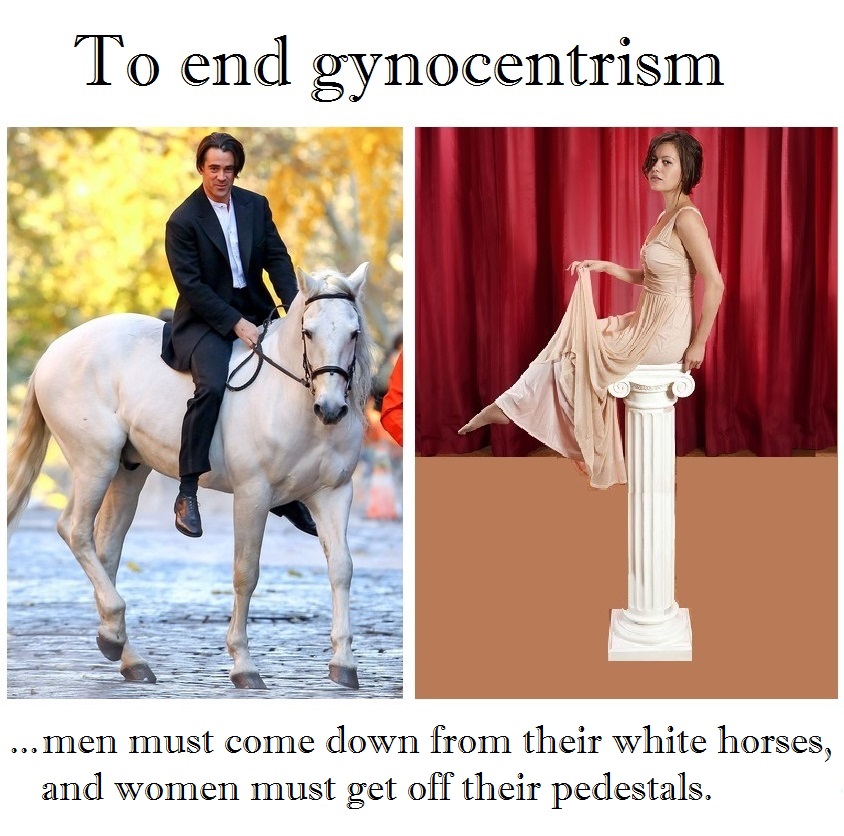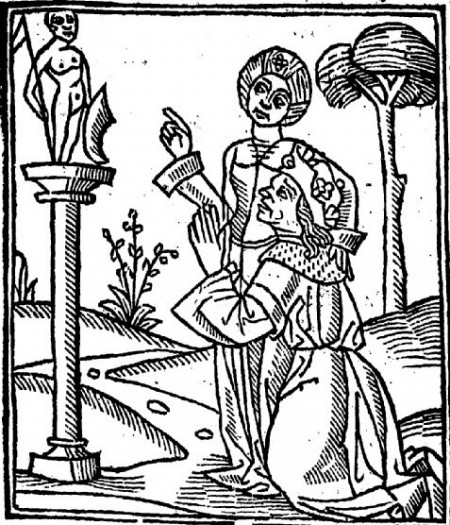
Matheolus adoring woman on pedestal
In a medieval masterpiece of men’s sexed protest, Matheolus poured out his anguish and anger about injuries he suffered from the church and his wife. Matheolus’s protest generated quarrels about women, apologies to women, and defenses of women. That’s a characteristic deliberative effect. Gynocentric society tends to transform men’s sexed protest into discourse about women.
The reception of Matheolus’s text illustrates the effects of gynocentrism. Matheolus wrote his work of men’s sexed protest in Latin in 1290. About a century later, Jehan Le Fèvre loosely translated Matheolus’s work into French. Perhaps fearing the dominant social power, Le Fèvre added apologies and excuses to his version:
I wish to excuse myself in my writing, since I do not slander the good women nor do I desire to slander. I would rather retract it than be hated for foolish language. God knows it {my book}, and I keep my payment for it, for I have no ill will toward women. Nor do I say anything in anger, except to color my statements. Good and virtuous women can never be honored too much. [1]
Le Fèvre depreciated men’s anger, as continues to be done even for men’s anger arising from outrageous injustice. Le Fèvre instead hinted at his dispassionate financial interest in translating Matheolus’s book. While poetry has long been condemned as lying, Le Fèvre’s Matheolus masochistically welcomed being beaten for his poetry. He declared, “If I lie, I want to be beaten.” Then he disavowed everything he had written as merely translating other men’s words:
It is fitting, since I translate, for me to speak or shut up. For this I beg that it be not displeasing if in this moral treatise I record some words which may be biting. For nothing proceeds from me, not the smallest bit, which is not found in histories and in ancient memories.
Le Fèvre recognized the social hostility to men’s sexed protest. With reasonable self-interest, he distanced himself from Matheolus’s work.
In addition to adding excuses and disclaimers to Matheolus’s text, Le Fèvre wrote an additional text that he positioned as a defense of women. He began his additional book with an appeal to women:
My ladies, I entreat your mercy. I would like to apologize to you here for what I said without your permission about the great strife and the torments of marriage. [2]
Men protesting their suffering in marriage isn’t permitted without women’s permission. Le Fèvre again excused his earlier work as only a translation. He urgently sought to avoid women’s hate and gain their grace:
no woman and anyone alive should hate me for that {translation of Matheolus’s book}. Therefore, if I was so occupied, I beg that it be pardoned and forgiven me by your grace. For I am all ready to write a book to redeem myself: please don’t deny this to me. … Without your grace, I don’t want to live.
Le Fèvre as writer represents the servile, self-obliterating woman-server of bleeding-man medieval chivalry. He explained that he wrote his new book:
to defend you ladies faithfully, and especially to show that no man ought to blame women; we ought to praise and love them, cherish, honor, and serve them, if would would deserve their grace.
The value of men’s lives, in Le Fèvre’s view, is contingent on women’s grace. Men blaming women is categorically illicit, while men serving women is categorically required. In attacking men who reject such subordination, Le Fèvre and like-minded men claim to be defending women.
Le Fèvre used subordination to women as a strategy to advance his pecuniary and sexual interests. Le Fèvre urged women to buy and promote his book:
My ladies, I ask you humbly, if I have pleaded your case weakly through my ignorance, use here your strength to make up for my defects and publish your honor, that all may know of it. … Please advocate for me, or I can truly say and promise that I will never have a day of gladness, but will remain in sadness, which will prey on my weary body, if I have to pay the expenses. [3]
With ignorance of the art of love, Le Fèvre sought women’s sexual favor through subservience and flattery:
Have mercy, mercy on poor Smith {Le Fèvre, in a pun on his name}, who suffers a greater thirst on his lip than did the rich man in hell; for he doesn’t know how to work on iron, but his effort is all on parchment. He has made this book for you, for he well knows that to all males who carry both purses and sacks, you are comfort, joy, and rest.
Sacks are a figure for scrotums, or more generally, male genitals. Carrying a purse associates men with paying money for enjoying women’s company. Seeking “mercy” is associated with men begging women for love.[4] That’s not a propitious seduction strategy. Embracing subordination to women does, however, help men to sell their books to women.
Le Fèvre’s dispassionate, narrowly self-interested translation and refutation of Matheolus’s sexed protest prompted additional gynocentric literature. Christine de Pizan indicated that “Matheolus,” which probably meant both Le Fèvre’s translation of Matheolus’s work and his refutation of it, inspired her to write Livre de la cité des dames (Book of the City of Ladies).[5] De Pizan also contrived to create a “querelle des femmes” (quarrel about women). Debate about women played out at the heights of French society, including the queen and leading clergy. Men’s concerns, as they had been throughout the long prior history of men’s sexed protest, were largely belittled and ignored.
An exemplary development was Martin Le Franc’s Le Champion des Dames (The Champion of Ladies). Finished in 1442, The Champion of Ladies goes on for an interminable five books containing 24,336 verses. Le Franc positioned his work as a response to what were originally Matheolus’s heartfelt lamentations. Le Franc charged Matheolus with defaming women. The Champion of Ladies tendentiously pits the titular champion against allegorical bogeymen Malebouche (Badmouth), Brief Conseil (Hasty Judgment), Vilain Penser (Evil Thinking), Trop Cuidier (Much Presuming), Lourt Entendement (Slow Wit), and Faulx Semblant (False Seeming):
Against foul Badmouth and his host —
That proud and overweening captain —
The Champion his lance lowers, most
Hardily however he is smitten,
He fears no more than a mitten
The balance of the battle’s woes,
For his victory is certain:
He’ll win no matter how it goes. [6]
A modern-day translator of The Champion of Ladies described Matheolus’s work as providing “misogynistic depictions of marriage, using humor to impugn women.”[7] The champion shames and blames all men for Matheolus’s sexed protest. To the modern champion of women, The Champion of the Ladies shows “understanding of the multifaceted nature of gender relations.”[8] That apparently isn’t meant to be funny.
The voluminous, tedious scholarly literature moralizing against medieval “anti-feminism” and “misogyny” serves dominant structures of gynocentrism. That literature refuses to recognize the possibility of medieval men’s sexed protest.[9] Many persons today also refuse to recognize violence against men, forced financial fatherhood, institutionalized inequalities in biological parental knowledge, vastly disproportionate imprisonment of men, and many other pressing injustices against men. The connection between medieval men’s sexed protest and men’s sexed protest today is obvious in structures of repression.
Notes:
[1] Les lamentations de Mathéolus, II.1541-51, in Van Hamel (1892) p. 85, from French trans. Obermeier (1999) p. 131. The subsequent quote is from II.1559-68, trans. id. I’ve made some minor changes to these translations for accuracy and clarity.
[2] Jehan Le Fèvre, Le livre de Leesce (The Book of Gladness), l. 1-5, from French trans. Burke (2013) p. 74. The subsequent two quotes are l. 12-19, 27 and l. 35-40, trans. id.
[3] Le livre de Leesce, l. 3948-54, 3968-73, trans. id. p. 107. The subsequent quote is l. 3974-82, trans. id.
[4] One meaning of mercy in Old French is reward in the form of a woman’s favor. In Alain Chartier’s La belle dame sans mercy (written about 1424), a beautiful lady refuses to grant a man the “favor” of allowing him serve her non-sexually.
[5] Burke (2013) p. 133.
[6] Martin Le Franc, Le Champion des Dames (The Champion of Ladies) l. 9-16 (s. 2), from French trans. Taylor (2005) p. 18.
[7] Taylor (2005), Translator’s Introduction, p. 4.
[8] Id. p. 13.
[9] Mann (1991) shows no awareness that men could justifiably engage in sexed protest. Blumenfeld-Kosinski (1994) deploys one of medieval scholars’ dominant criteria for literary judgment: “praise or blame for women?” and concludes with misandristic imagination of “new type of discourse that could stand up to the riot, disordered language, fables, and lies of male speech.” Id. p. 725. Burke (2013) approaches Le Livre de Leesce as a player on Team Christine de Pizan and promises further work “in the tradition of my author.” Id. p. 137. While Burke (2013) regarded Le Fèvre as putting forward a defense of women, Pratt (2002) perceived Le Fèvre to have committed an unpardonable literary crime and lamented:
Le Fèvre’s defense of women was a literary game in which ambiguity and irony allowed antifeminist attitudes to be perpetrated with impunity.
Id. p. 114. Fortunately, punishment for “antifeminist attitudes” continues to be strengthened.
[image] Matheolus adoring woman on pedestal. Engraving, from image 18 in edition of Jehan le Fèvre, Matheolus qui nous monstre sans varier les biens & aussi les vertus: qui viennent pour soy marier (Lyon: Olivier Arnouillet, 1550), in Bibliothèque municipale de Lyon, Rés. B 487656. Thanks to Gallica.
References:
Blumenfeld-Kosinski, Renate. 1994. “Jean Le Fèvre’s Livre de Leesce: Praise or Blame of Women?” Speculum. 69 (3): 705-725.
Burke, Linda, ed. and trans. 2013. Jehan Le Fèvre. The book of gladness / le livre de Leesce: a 14th century defense of women, in English and French. Jefferson, North Carolina: McFarland & Company, Inc.
Mann, Jill. 1991. Apologies to women: inaugural lecture delivered 20th November 1990. Cambridge: Cambridge University Press.
Obermeier, Anita. 1999. The history and anatomy of auctorial self-criticism in the European Middle Ages. Amsterdam: Rodopi.
Pratt, Karen. 2002, “The Strains of Defense: the Many Voices of Jean Le Fèvre’s Livre de Leesce.” Pp. 113-133 (Ch. 6) in Thelma Fenster, ed. Gender in debate from the early middle ages to the Renaissance. Palgrave Macmillan: Basingstoke.
Taylor, Steven Millen. 2005. Martin Le Franc. The trial of womankind: a rhyming translation of Book IV of the fifteenth-century Le champion des dames. Jefferson, N.C.: McFarland.
Van Hamel, Anton Gerard, ed. 1892. Mathéolus, Jean Le Fèvre. Les lamentations de Mathéolus et le livre de leesce de Jehan Le Fèvre, de Ressons: poèmes franc?ais du XIVe siècle. Paris: Bouillon.

